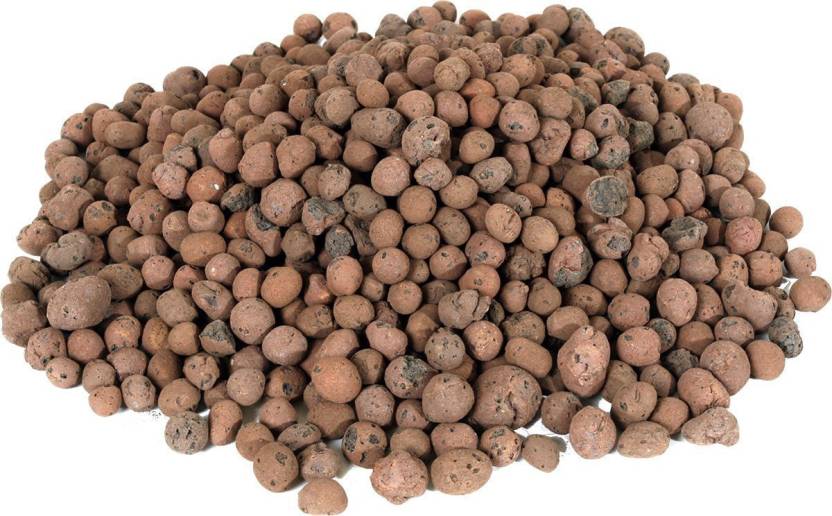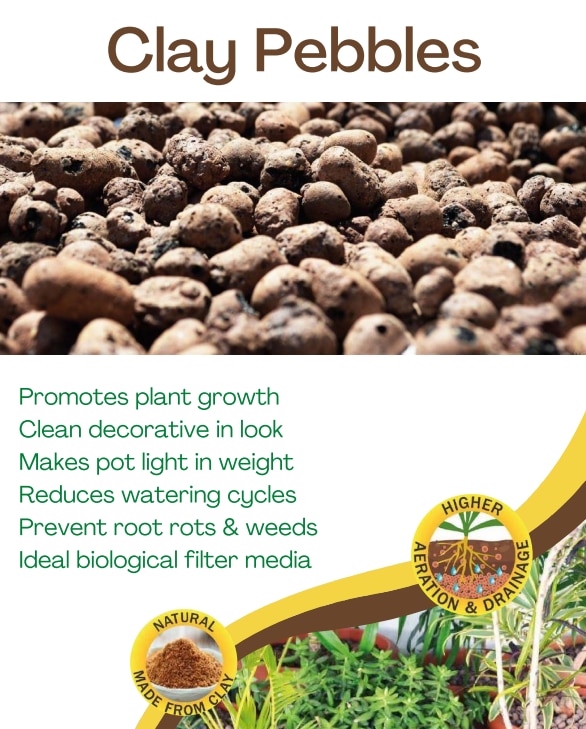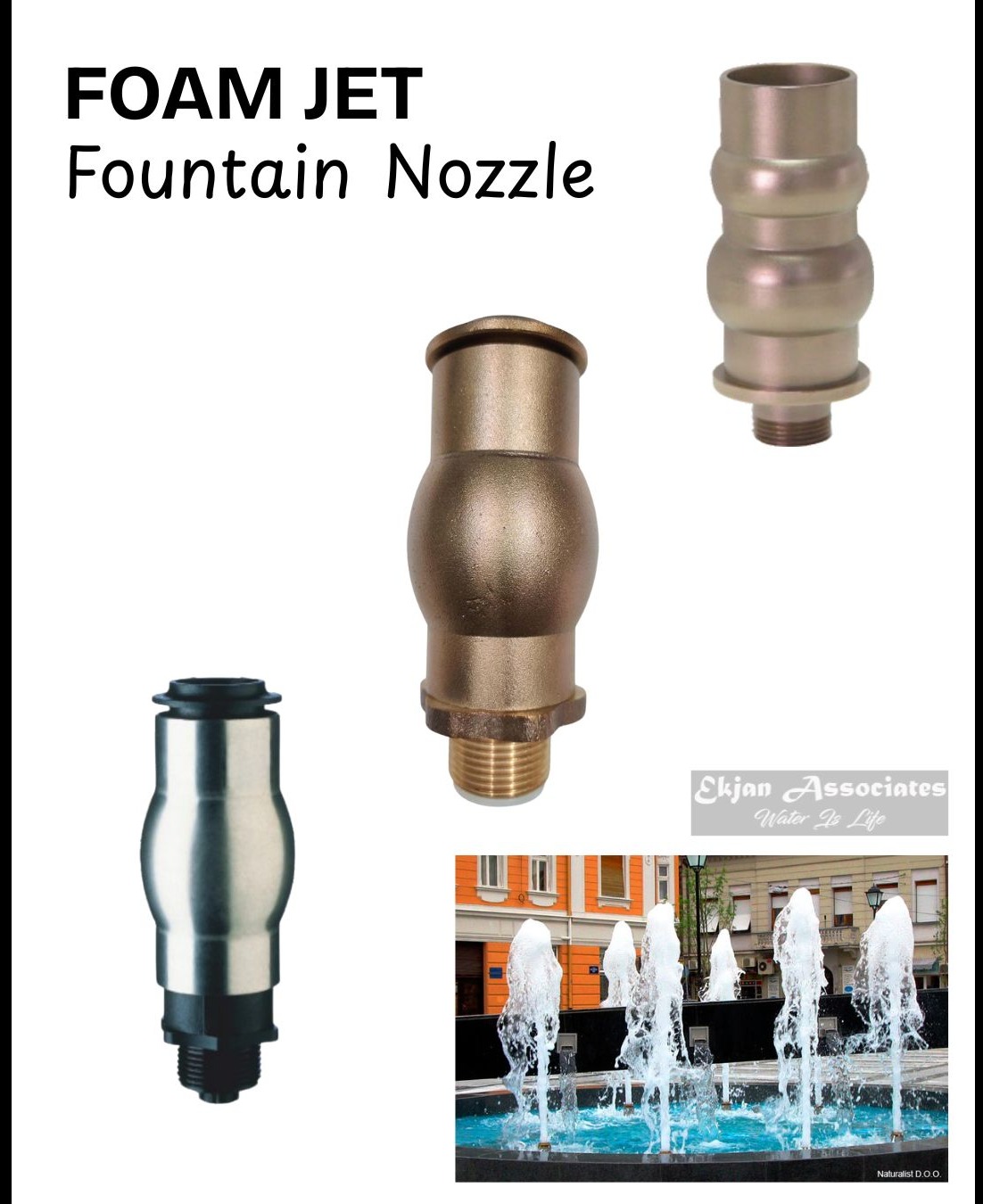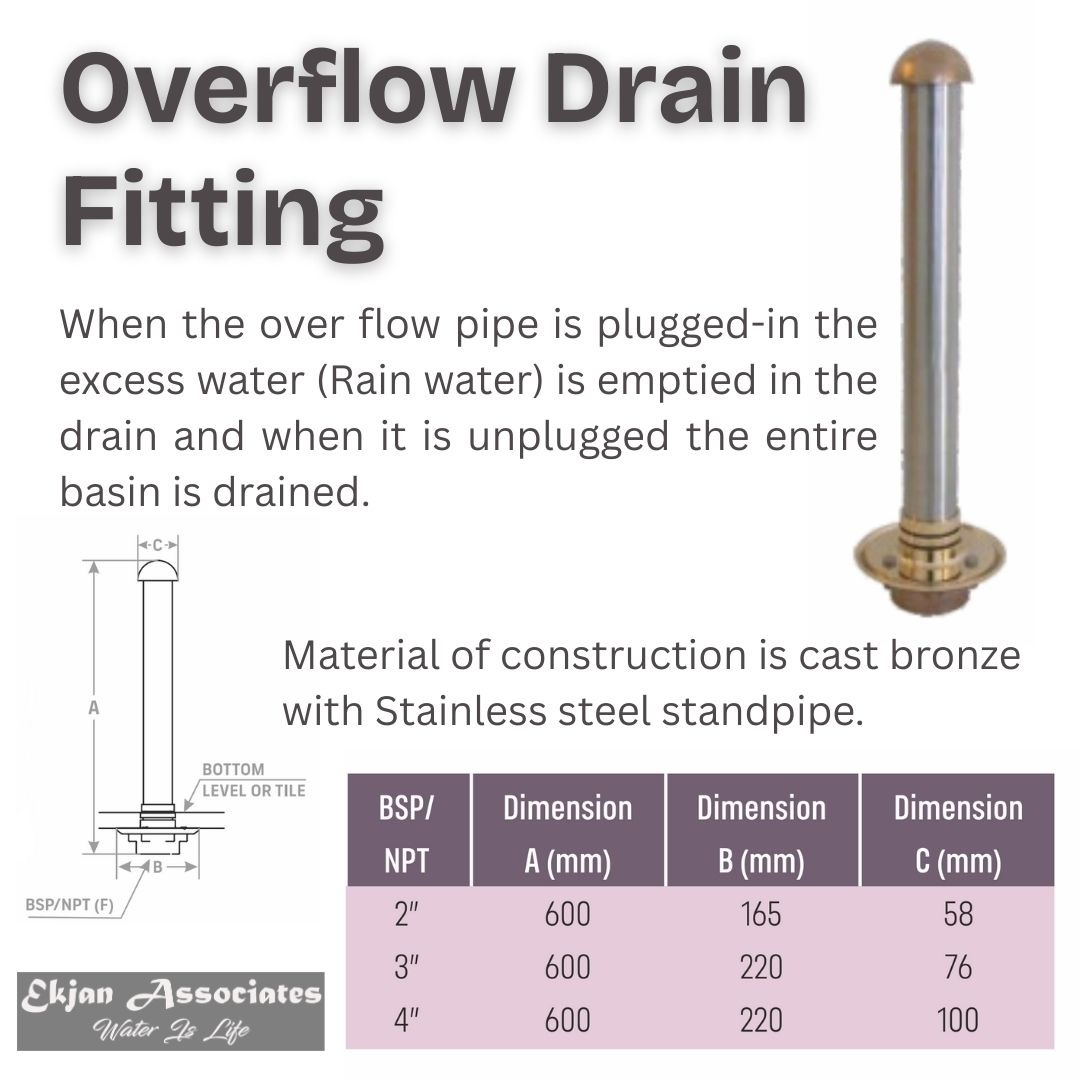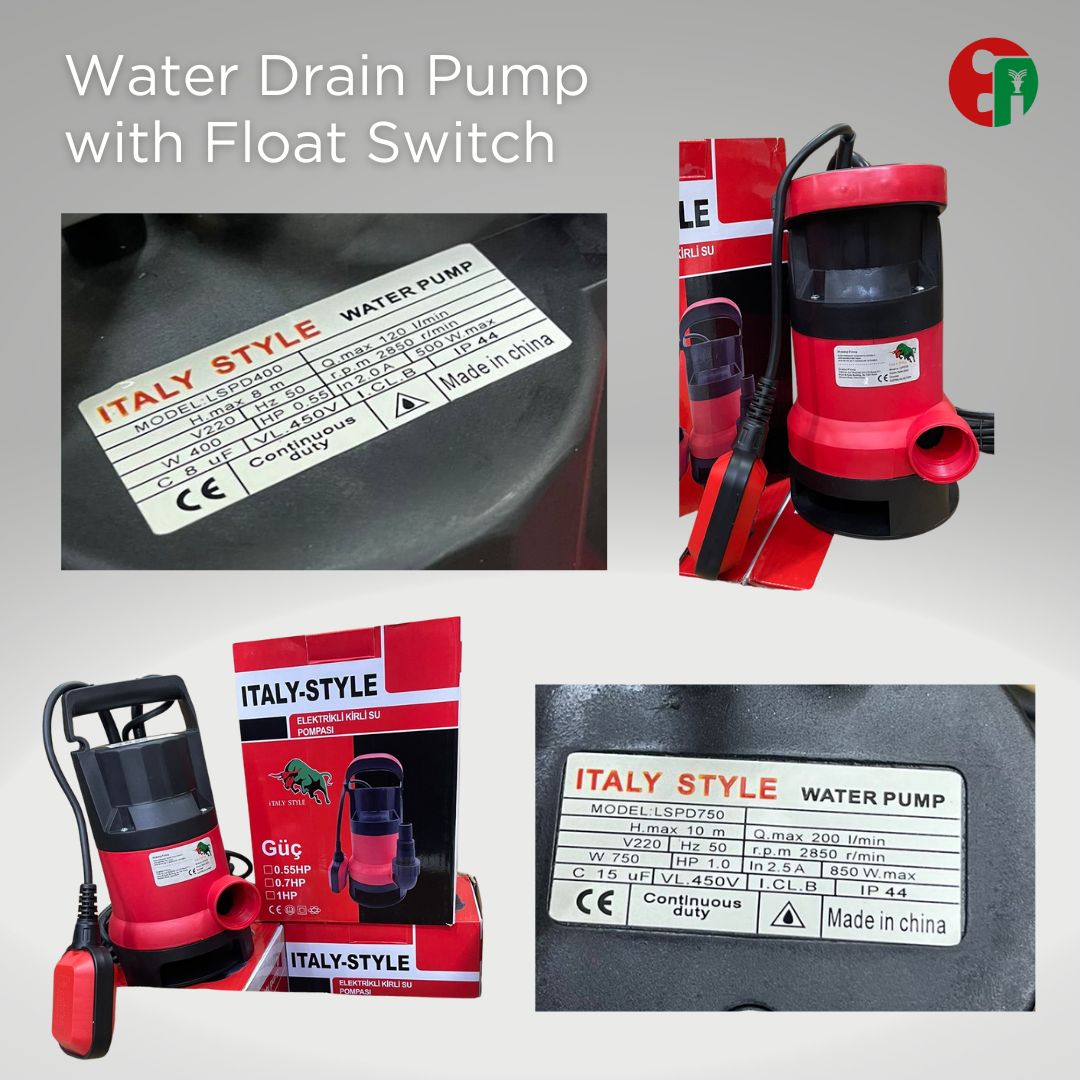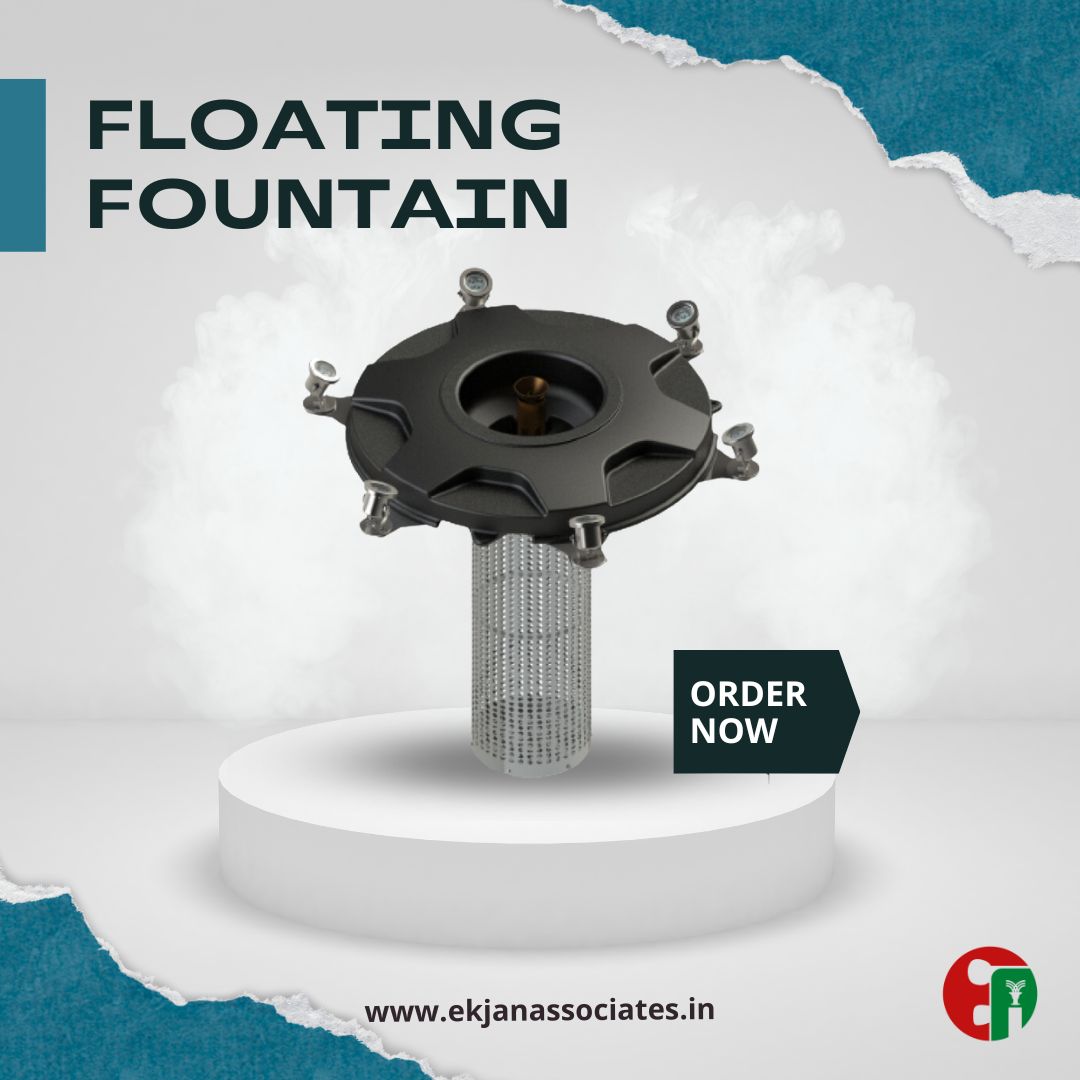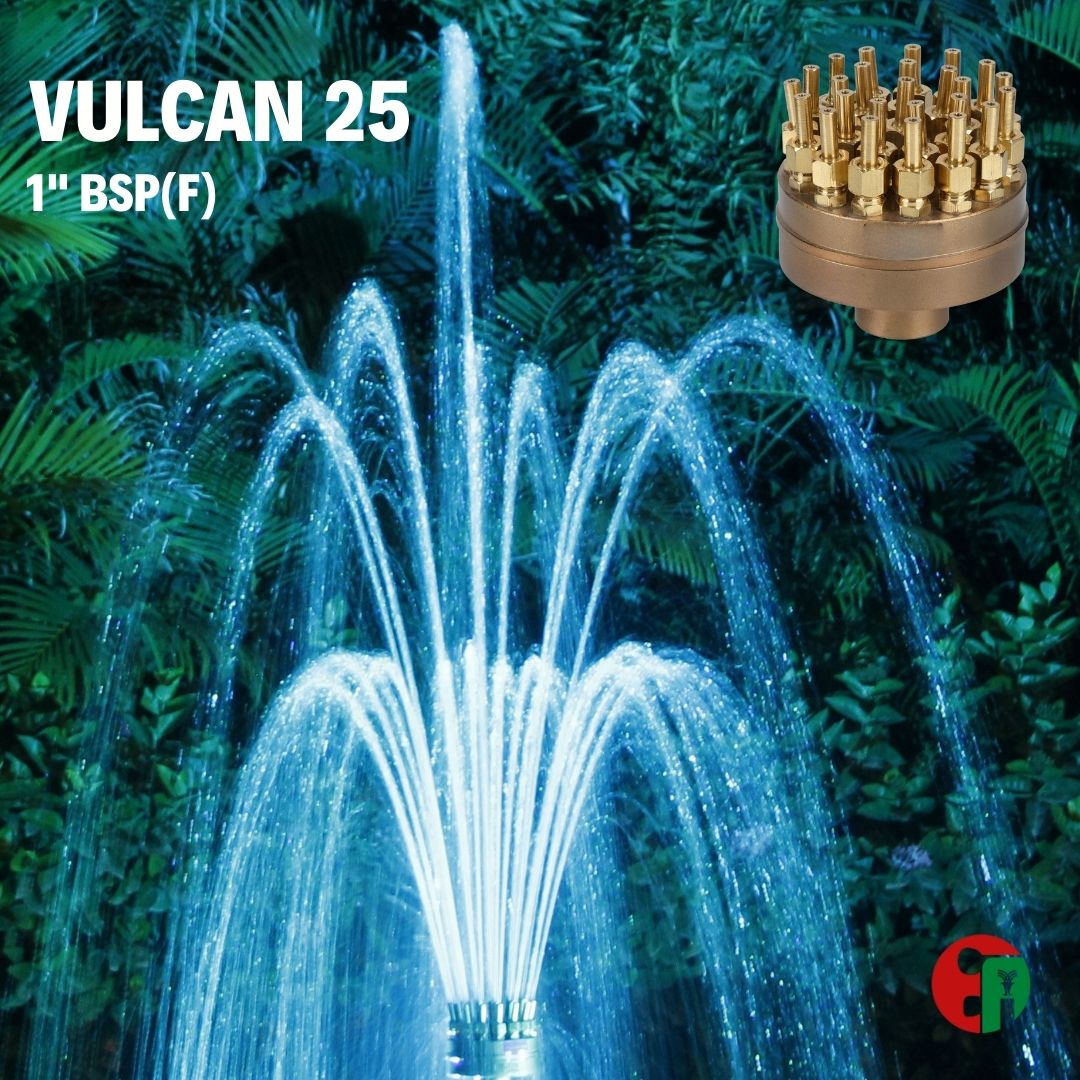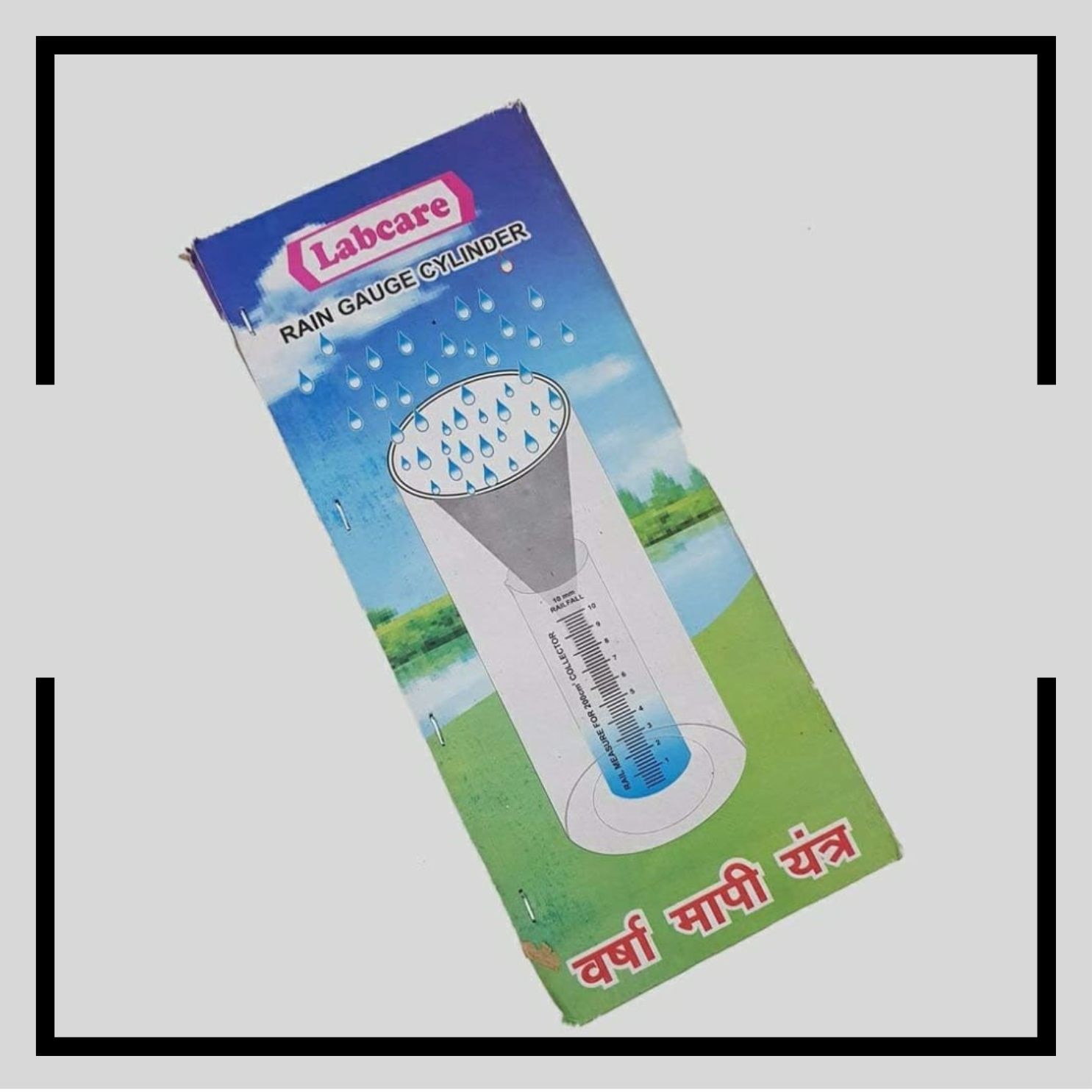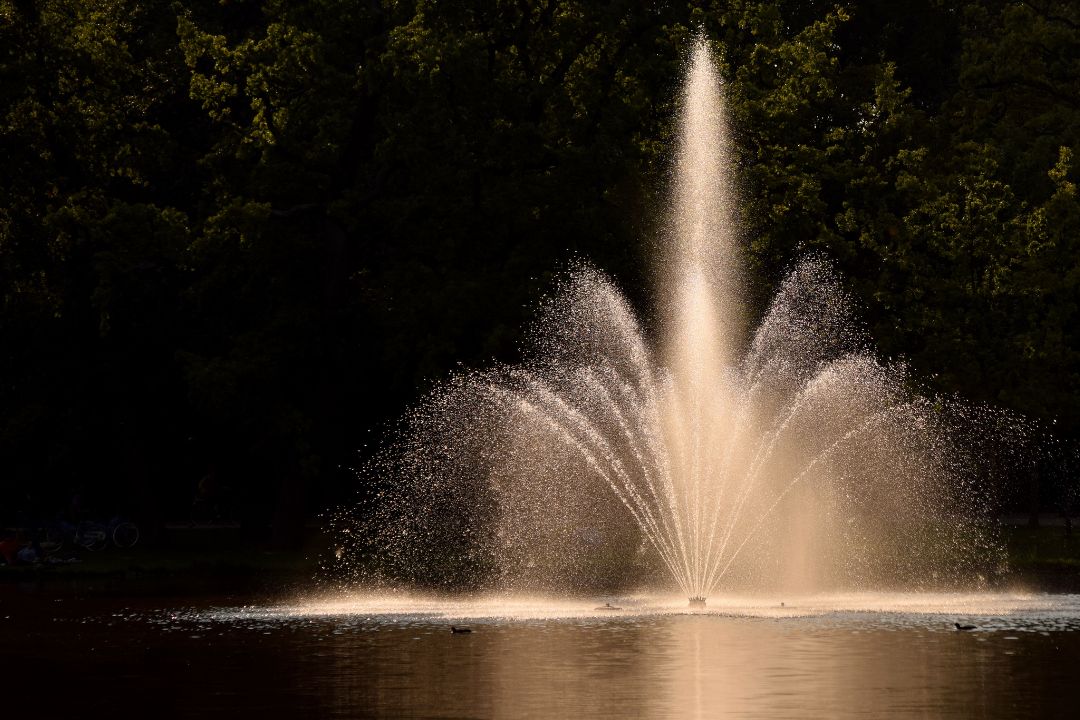Expanded clay balls are an environmentally friendly and cost-effective medium for hydroponic gardening. They are composed of a lightweight clay aggregate kiln-fired at high temperatures to create a porous material with a honeycomb-like structure. This structure provides an ideal environment for the roots of plants to grow, as it is full of oxygen and moisture pockets. Additionally, expanded clay balls are very lightweight, making them easy to transport and handle. They are also incredibly durable and reusable, making them an excellent choice for long-term hydroponic growing operations. Furthermore, they provide good drainage and do not compact, giving plants plenty of room to grow. Lastly, they are particularly effective at buffering pH levels, providing an ideal environment for nutrient uptake. These benefits make expanded clay balls an ideal choice for the hydroponic gardener. Benefits of Expanded Clay Balls Improved Nutrient Delivery: Expanded clay balls help to deliver nutrients directly to your plant’s roots, providing them with the nutrition they need to grow and thrive. Increased Airflow: The large surface area of these balls helps to increase oxygenation and ventilation throughout the root zone, which helps to promote healthy root development. Improved Drainage: Expanded clay balls help to create better drainage in soil, allowing excess water to escape quickly and helping to prevent root rot and other issues caused by poor drainage. Long-Lasting: Expanded clay balls are incredibly durable and can last for years without needing to be replaced. Cost-Effective: Expanded clay balls are inexpensive and can be reused, making them a cost-effective solution for many gardening needs.

